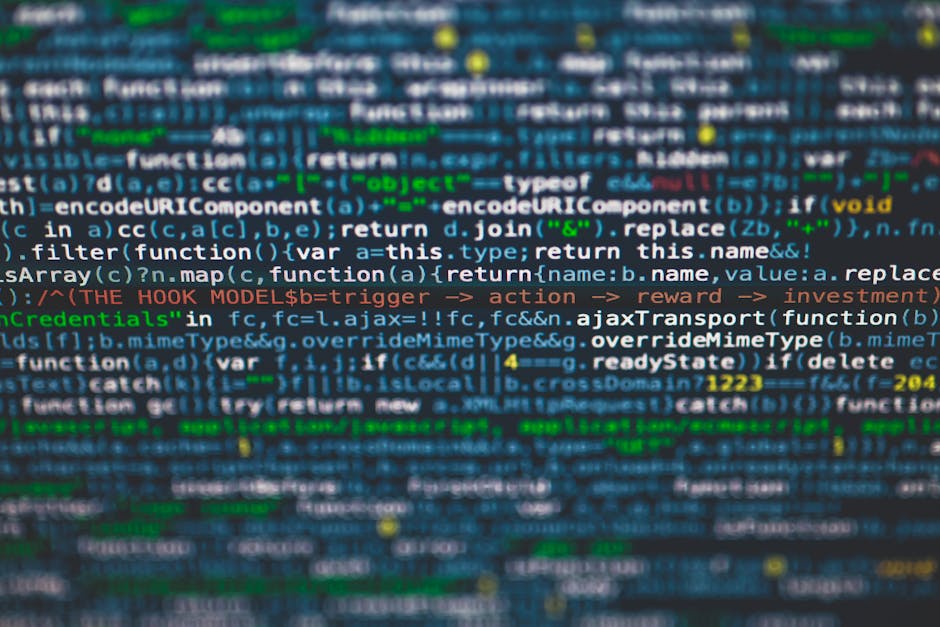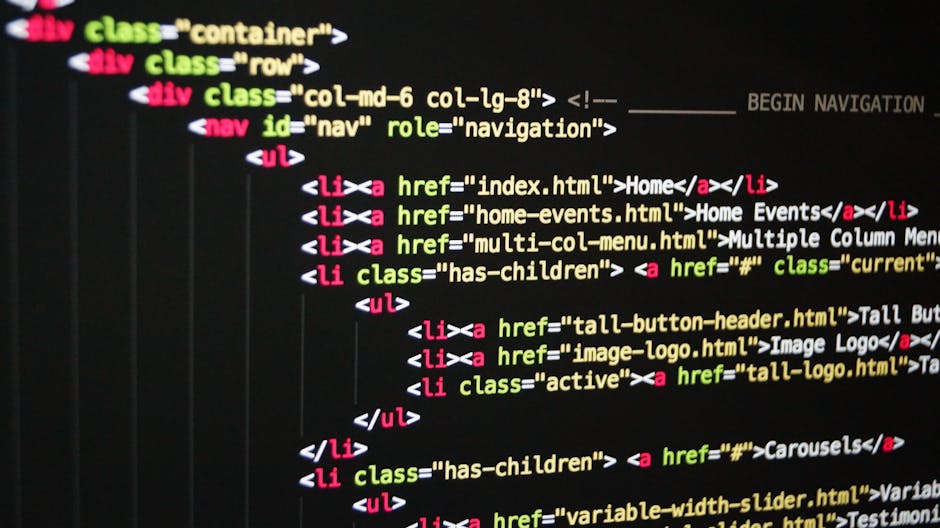AI Tools to Optimize Data Interpretation
Did you know that 90% of the world’s data was created in the last two years? Data is everywhere, but understanding it can feel overwhelming. Luckily, AI tools are here to help us make sense of this mountain of information. How do these tools work? And how can they improve our decision-making? Lets dive in!
What Are AI Tools for Data Interpretation?

AI tools for data interpretation use algorithms to analyze large sets of data. They can spot patterns, make predictions, and even provide insightsall at lightning speed. Imagine having a personal assistant who can sift through endless reports and highlight what matters most.
For example, think about how a fitness app tracks your exercise. It collects data on your workouts and provides insights on how to improve. that’s similar to what AI tools do with data on a larger scale.
Why Use AI Tools for Data Interpretation?

Data interpretation can be complex. It often involves looking at numbers and trends to make decisions. Here are some reasons why AI tools are beneficial:
- Speed: AI can analyze data in seconds, compared to hours or days for humans.
- Accuracy: These tools reduce human error, leading to more reliable results.
- Scalability: AI can handle vast amounts of data, something humans struggle to do.
In a world that moves fast, these advantages can give businesses and individuals a crucial edge.
How Can AI Tools Help Us Understand Data Better?

AI tools can transform raw data into understandable information. They do this through several methods:
- Data Visualization: AI can create charts and graphs that make data easier to grasp. For instance, instead of reading a long report, you might look at a simple pie chart showing your spending habits.
- Natural Language Processing (NLP): NLP allows AI to read and interpret human language. This means AI can summarize reports or highlight key points in articles.
- Predictive Analytics: This uses past data to forecast future trends. For example, a retail store can use AI to predict which products will sell better next season.
What Are Some Popular AI Tools for Data Interpretation?

Several AI tools stand out in the market today. Lets look at a few of them:
- Tableau: This tool helps visualize data through interactive graphs and dashboards.
- Google Analytics: A must for website owners, it provides insights into website traffic and user behavior.
- Microsoft Power BI: This tool integrates with various data sources and offers powerful visualization options.
- IBM Watson: Known for it’s AI capabilities, Watson analyzes data and offers insights in a conversational format.
Each of these tools has unique features that cater to different needs. Choosing the right one depends on your specific requirements.
How Do You Choose the Right AI Tool?
Selecting the right AI tool can feel daunting. Here are some tips to help you decide:
- Identify Your Needs: What type of data are you working with? Do you need help visualizing it, predicting trends, or both?
- Consider User-Friendliness: Choose a tool that is easy to use. If you can’t navigate it, you won’t get the most out of it.
- Look for Integration: Ensure the tool integrates well with your existing systems. This can save time and reduce frustration.
Ultimately, the right tool can streamline your data interpretation process and enhance your understanding.
What Are Common Misconceptions About AI in Data Interpretation?
Many people have misconceptions about AI. Lets clear a few up:
- AI Will Replace Humans: While AI can automate tasks, it doesnt replace human judgment. Think of it as a tool to enhance your abilities.
- AI Is Too Complicated: Many AI tools are designed with user-friendliness in mind. You don’t need a tech degree to use them.
- AI Only Works for Big Companies: AI tools are available for businesses of all sizes. Small businesses can benefit just as much as large corporations.
Understanding these misconceptions can help you embrace AI tools with confidence.
How Can You Get Started with AI Tools?
Ready to dive in? Heres how you can start using AI tools for data interpretation:
- Start Small: Select a specific area where you want to apply AI. It could be analyzing sales data or tracking social media engagement.
- Use Free Trials: Many AI tools offer free trials. Take advantage of these to explore features without commitment.
- Watch Tutorials: YouTube and other platforms have many tutorials. These can guide you in using tools effectively.
- Join Online Communities: Forums and groups can provide support and share best practices. Learning from others can be invaluable.
By following these steps, you can make the most out of AI tools.
What Impact Do AI Tools Have on the Future of Data Interpretation?
The impact of AI on data interpretation will only grow. As technology advances, we can expect:
- Increased Automation: More tasks will become automated, allowing humans to focus on strategic decisions.
- Better Personalization: AI will provide insights tailored to individual needs, enhancing user experience.
- Greater Accessibility: As tools become more user-friendly, more people will be able to leverage data effectively.
These advancements will empower individuals and organizations to make smarter, data-driven decisions.
Conclusion: Take Action with AI Tools
AI tools are revolutionizing how we interpret data. They offer speed, accuracy, and insights that can transform decision-making. By choosing the right tool and understanding how to use it, you can harness the power of AI for your needs.
Remember, whether you are a small business owner or a data analyst, theres an AI tool out there for you. Don’t hesitate to explore and experiment. The future of data interpretation is bright, and it’s time to jump in!
For more insights on how AI shapes the future, check out this article by Bernard Marr.



